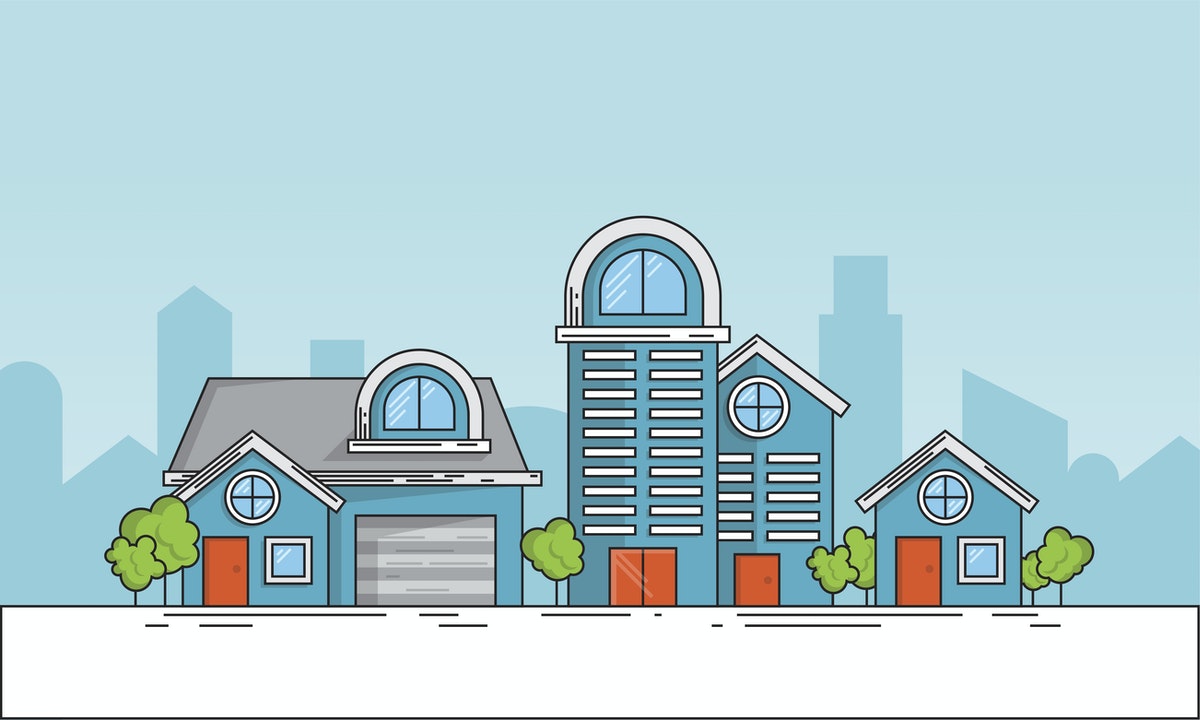A Guide to Understanding Encroachment in HOA Communities

Encroachment is defined as unlawful interference on another’s land or with their rights.
One of the issues faced by homeowners living in communities governed by homeowners’ associations is the issue of when either the association itself or another homeowner encroaches on the homeowner’s property.
This article is designed to give basic information to homeowners living in these private communities concerning how issues of encroachment affect their use and enjoyment of their property.
What is Encroachment
Encroachment is defined as unlawful interference on another’s land or with their rights. This can take the form of building a structure or other item which sits in whole or in part on a neighbor’s property.
Simply put, it is when someone goes onto another’s property without permission and interferes with the other’s property rights. Encroachment is generally not a criminal issue but is something that is dealt with through the civil legal system.
Adverse Possession for Encroachment
A similar, related issue to encroachments is the concept of Adverse Possession, which is a long-established legal principal that has existed as part of the common law in most states for many years. Adverse Possession is a method of acquiring legal title to property by possession of property for a certain time period that is provided by statute and under certain specific conditions.
In order to establish legal title by adverse possession, a person must prove non-permissive use of the land, which is actual, open and notorious and exclusive and adverse to the rights of the owner for the time-period which is required by statute, which varies by state.
This can occur when someone begins using another’s land without their permission, but the landowner fails to take any action to remove the individual or to force them to discontinue using their land. In the context of an HOA community, this could occur by a homeowner’s unauthorized use of common areas of the homeowners’ association or perhaps a neighbor’s property.
Allowed Encroachment
The question of whether homeowners are permitted to encroach onto HOA property must first include an evaluation of whether there is anything in the association’s Covenants, Conditions, Restrictions (CC&Rs) that addresses the issue.
For example, the CC&Rs may allow members of the HOA to plant gardens in the association’s common areas. In other cases, there may be specific guidance which prohibits HOA members from having any portion of their property encroach onto the common areas owned by the homeowners’ association.
Common Encroachment Issues
Among the encroachment issues that occur in HOA communities are items such as the building of fences that encroach onto another’s property. It also commonly happens when trees or other vegetation begin to grow onto a neighbor’s property.
In homeowners’ association communities that have zero-lot line properties such as duplexes, it is very common that the center of the zero-lot line structure sits directly on the property line and sometimes portions of the structure such as the roof might encroach onto the neighbor’s property.
It is also common that retaining walls or other landscaping might spill over into the common areas of an HOA wherein homeowners are essentially attempting to gain additional property for their own use. It is also possible that sometimes homes will be built slightly into the common area of the HOA. This is often addressed in the association’s documents and deeds of dedication when the development is planned. In those cases, an easement might be granted in order to address the issue of encroachment.
Tree Disputes in HOA Communities
One large area of dispute for HOA communities that relates to encroachment is the issue of how disputes over trees are handled. This can be if a neighbor’s tree falls onto either the association’s common area or a neighboring property.
Another instance where this happens is when trees hang over a property line either onto the neighbor’s or the association’s property (common area), particularly when the part of the tree that overhangs interferes with the property owner’s use and enjoyment of the property.
In advising homeowners, my common-sense advice when dealing with tree disputes is to first start by being a good neighbor. By this I mean, maintain your trees and do not allow them to interfere with your neighbor’s property usage.
In a related concept, I also tell homeowners, do not go onto your neighbor’s property and cut off trees or limbs without first talking to the neighbor about it. The other piece of common-sense advice that I provide to homeowners is that if you have an issue with a neighbor’s tree or a tree owned by the homeowners’ association, start with a personal conversation about the issue.
It is surprising how often a brief in person conversation can solve many of these types of issues before they end up resulting in costly litigation which also takes a toll on relationships between homeowners and the association if that is the route that must be taken.
State Statutes
From a legal standpoint, there are often statutes that provide for specific damage provisions if an injury to a tree occurs. In many states, this can result in double or triple damages depending on the state. This is another reason that taking matters into someone’s own hands (self-help) to cut or otherwise remove trees can be risky from a legal liability standpoint. Those statutes also may provide the right of the plaintiff to recover attorneys’ fees. Thus, all considered, these issues can have a serious financial impact if not handled properly.
For example, in a 2017 case, the association’s Board of Directors adopted a series of resolutions in order to establish procedures allowing HOA members to use the authority of the association to correct view impairments created by trees or other plantings. In the case before the court, the issue was whether the HOA Board could adopt resolutions that conflicted with the CC&Rs with respect to tree trimming. Colyear v. Rolling Hills Community Assn. of Rancho Palos Verdes, 9 Cal.App.5th 119 (2017).
In this case, the homeowner invoked the HOA’s dispute resolution process against a neighbor who was refusing to trim trees that were blocking his view. The decision found that an HOA member’s choice to invoke the dispute resolution process was a matter of public interest and therefore constitutionally protected activity.
A read of this case though definitely hits home, the point that there is no substitute for HOA members and associations to work together for common sense informal solutions, whether those related to issues of tree trimming or otherwise.
Another example, in a 2016 California case, the ability of an association to defeat a homeowner’s attempt to encroach on a common area and claim it as his own was strengthened greatly. See Nellie Gail Ranch Owners Assn. v. McMullin, (2016) 4 Ca. App. 5th 982.
In this case, the homeowner was essentially trying to claim additional land as his own by making yard improvements to the HOA common areas. The association prevailed against the homeowner’s attempt to intentionally encroach into a common area so as to claim the land as his own.
This is helpful both to homeowners’ associations and their members because ultimately an individual homeowner’s ability to encroach on common areas and claim them as his own do not serve the best interests of any members of the community.
One thing is imminently clear about case law involving encroachments in HOA communities – this is that disputes of this nature spin out of control and take on a life of their own which can be long, drawn out and expensive for all involved.
Resolving an Encroachment Issue
As mentioned throughout this article, the informal processes of discussing an encroachment with the association’s board or its representative is the place to start in terms of resolving an encroachment issue.
Self-Help is generally not the best way to work through issues of this nature. If an informal resolution cannot be achieved, it is important for the HOA member to understand what processes are provided for either in the CC&Rs or the HOA rules provide. Ultimately if those options do not work to resolve the issues, the next legal steps need to be undertaken in order to pursue the matter through the legal system.
Likewise, if the neighbor is placing personal items inappropriately on the homeowner’s property or vegetation is encroaching, reaching out to the neighbor first is the best place to start.
If that does not work, it is also important to look at HOA processes for dispute resolution amongst neighbors. Many HOAs have processes set up for members of the HOA to work through disputes through such a process.



